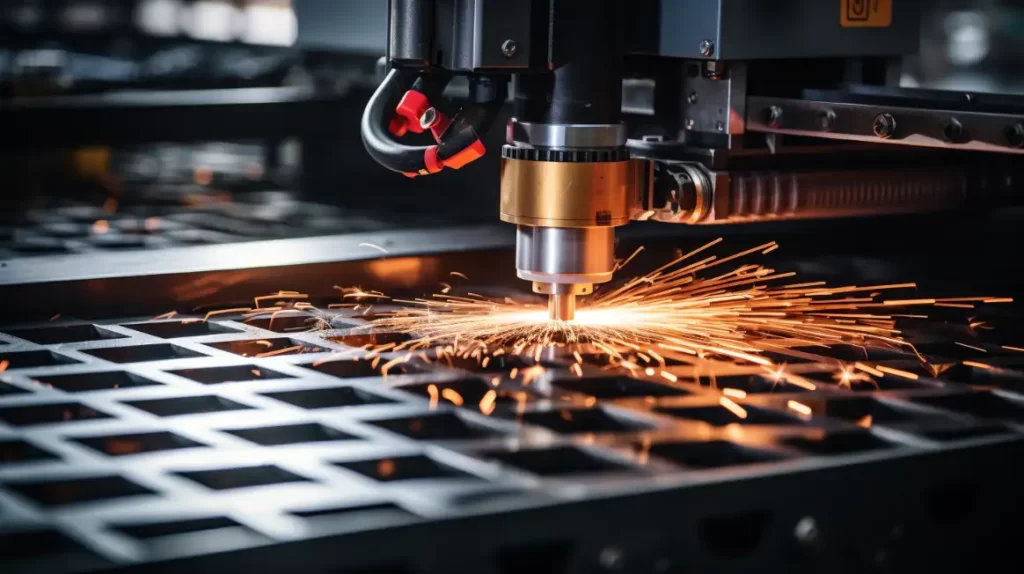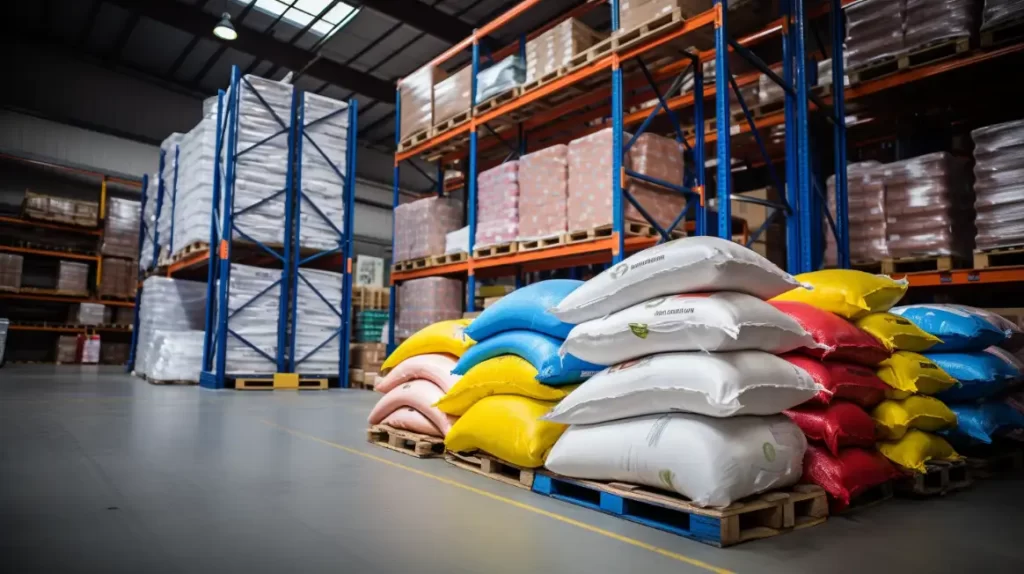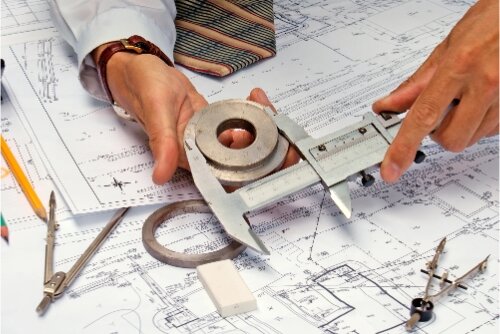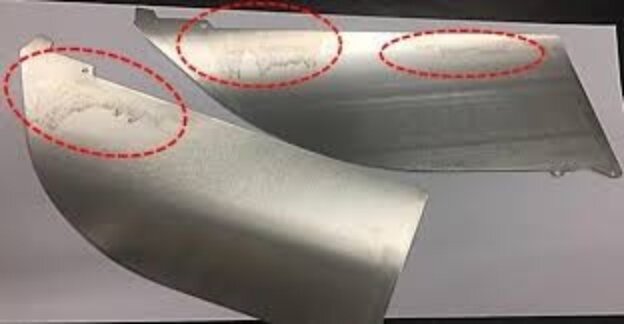Many new products fail before they even reach the market. The reason often lies in poor development planning. Teams rush into production without testing ideas or verifying functionality. Prototype development helps avoid these risks. It allows teams to test ideas early, reduce guesswork, and build confidence in the product design before investing in mass production.
Prototyping helps you make better decisions early. It saves time, avoids waste, and increases your chances of a successful launch. Let’s look at how this works.
What Is a Prototype Development?
Prototype development is the process of turning an idea into a physical model that can be tested. It helps check form, fit, and function. This step saves time, lowers risk, and gives a clear direction for final production.
This process often starts with a drawing or 3D model. From there, a sample is made using basic tools or rapid methods. You don’t aim for perfection here. The goal is to determine if the idea can be successfully implemented in the real world.
Prototypes let you test design, function, and usability. They help you find errors early and fix them before spending more time or money.
They also help you show the idea to others. Whether it’s for internal review or getting feedback from customers, a physical sample makes things clear. It’s easier to improve a product when you can touch and test it.
Types of Prototypes
Prototypes come in different forms. Each type serves a distinct goal during product development. Choosing the right one depends on what you need to test.
Proof-of-Concept Prototypes
These are built to test if the basic idea works. They do not look like the final product. They focus on one core function or feature. For example, if you’re designing a smart lock, this type may test only the locking mechanism.
Proof-of-concept prototypes help answer one question: can it work? They are typically simple, inexpensive, and easy to make.
Functional Prototypes
These test how the product performs in real use. They include working parts, moving sections, or electronics. The goal is to check performance, strength, or reliability.
They may not look polished but are close in function to the real product. Use them to test usability, safety, and how the product behaves over time.
Visual Prototypes
These focus on the product’s appearance. They are used to show shape, size, color, and finish. They do not need to work. The point is to check the style and design details.
Teams use these to show products to clients or marketing teams. They help gather early feedback before moving forward.
User Experience (UX) Prototypes
These are built to test how users interact with the product. UX prototypes may be digital or physical. The goal is to see if people can use the product easily.
You can test layout, button placement, grip comfort, or screen flows. This helps identify usability issues early. It also enhances the overall user experience before final production.

The Prototype Development Process
The development process moves step-by-step from idea to testable model. Each step helps improve the design and avoid mistakes.
Ideation and Conceptualization
This is where the idea starts. You define the product’s purpose and basic features. Sketches, notes, or mockups help explain the concept.
The goal is to capture the essence of the idea. It doesn’t need to be perfect—just clear enough to move forward.
Design and Planning
Now, you turn the concept into detailed designs. CAD models are often used to map out shapes, dimensions, and assembly.
You also decide how the prototype will be made. That includes how parts will connect, how they move, and what to test.
Material and Tool Selection
You choose the right materials for building the prototype. This depends on what you want to test—function, feel, or appearance.
You also decide which machines or tools are needed. Common choices include 3D printing, CNC machining, or laser cutting.
Building the Prototype
At this stage, the actual model is made. The parts are created, shaped, and assembled into a complete unit.
Sometimes, it takes more than one try. Early versions may be rough. That’s normal. Each build helps spot what works and what needs to change.
Testing and Iteration
Once built, the prototype goes through tests. You check size, strength, movement, or any key functions.
Then, you collect feedback and make changes. This cycle repeats until the prototype meets the project’s goals.
Stages in Prototyping
Prototypes undergo stages as they progress toward final production. Each stage helps test different parts of the design.
Alpha Stage
The alpha prototype is the first complete version. It combines all the main features but may not be polished.
It’s used for internal testing. You check basic functions, fit, and build quality. Many issues are expected at this stage.
Beta Stage
The beta prototype looks and works more like the final product. It’s shared with outside testers or selected users.
Feedback from this stage helps improve user experience, performance, and reliability. It also helps spot issues that your team may have missed.
Pilot Stage
The pilot is almost the final version. It uses final materials and production methods. This stage helps test the manufacturing process.
It’s used for small-batch runs to check if production is ready for scaling. Any final fixes are made here before the full launch.

Common Prototyping Techniques
There are many ways to build a prototype. The method you choose depends on what you need to test, your budget, and your timeline.
3D Printing
3D printing is fast and flexible. It builds parts layer by layer from a digital file. It’s excellent for testing shapes, sizes, and basic fit. It’s also useful when making quick changes during the early stages of development.
CNC Machining
CNC machining cuts parts from solid blocks of material. It offers high precision and a good surface finish. This method is ideal when you need accurate metal or plastic parts for testing function or strength.
Sheet Metal Fabrication
This technique is used for parts made from thin metal sheets. It includes cutting, bending, and assembling. It works well for boxes, enclosures, and frames. You can test both structure and assembly with this method.
Injection Molding for Prototypes
Injection molding involves injecting material into a mold to create parts. It’s usually used later in development when testing large runs or final materials. It provides high-quality parts that meet production specifications. It’s useful for checking how a product performs in real-world use.
Prototyping for Different Industries
Each industry has its own needs and standards. Prototyping helps meet these needs before moving into production.
Consumer Electronics
Prototypes in this field focus on size, design, and user interaction. It’s essential to test how devices feel in hand and how users interact with buttons, screens, or ports. Small size and tight tolerances are standard. Quick testing helps reduce time to market.
Medical Devices
Here, accuracy and safety come first. Prototypes help test fit, comfort, and function. Designs often need approval from regulatory bodies. Early testing helps meet those strict standards. Materials must also meet hygiene and biocompatibility rules.
Automotive Components
Car parts must meet both strength and safety requirements. Prototypes test how parts perform under stress, heat, or motion. You can also check how parts fit together in the larger system. This is key for final assembly and durability.
Aerospace Parts
Aerospace prototypes must be light, strong, and precise. Errors can be costly. Prototypes help check tolerances, material behavior, and performance in extreme conditions. Testing often includes simulations and stress testing before real-world trials.
Industrial Equipment
In this field, function and reliability matter most. Prototypes test how machines move, lift, or handle loads. Designs are often large and complex. Prototyping helps find weak spots before production starts.

Best Practices for Effective Prototyping
Good planning and clear goals can save time and improve results. These best practices help make the prototyping process smoother and more useful.
Setting Clear Objectives
Before building anything, define what you need to learn or prove. Are you testing function, size, or user interaction?
Clear goals help you choose the right tools, materials, and methods. They also keep your team focused on what matters most.
Balancing Speed and Quality
Prototypes don’t have to be perfect. Speed matters in the early stages, but don’t ignore quality when testing function or fit.
Choose methods that give you beneficial results without slowing you down too much. Find the right balance between fast builds and reliable outcomes.
Incorporating User Feedback
Real users offer insights that design teams may miss. Let users test the prototype early and often.
Listen to what they say, watch how they use it, and look for areas of pain. Then, adjust the design to improve performance or ease of use.
Documenting the Process
Keep clear records of each version and what you learn. Notes, photos, and test results help track changes and explain the decisions made.
This makes it easier to go back, refine the design, or explain progress to others on your team.
Conclusion
Prototype development is a step-by-step process of transforming an idea into a functional model. It helps test function, shape, and user experience before moving into full production. By using the right tools and setting clear goals, you can reduce risk, address issues early, and expedite your product launch.
Looking for a reliable prototyping partner? We provide fast, accurate solutions to bring your ideas to life. Contact us today to discuss your project and get a free quote.
Hey, I'm Kevin Lee

Lorem ipsum dolor sit amet, consectetur adipiscing elit. Ut elit tellus, luctus nec ullamcorper mattis, pulvinar dapibus leo.
Get in touch

Kevin Lee
I have over ten years of professional experience in sheet metal fabrication, specializing in laser cutting, bending, welding, and surface treatment techniques. As the Technical Director at Shengen, I am committed to solving complex manufacturing challenges and driving innovation and quality in each project.




